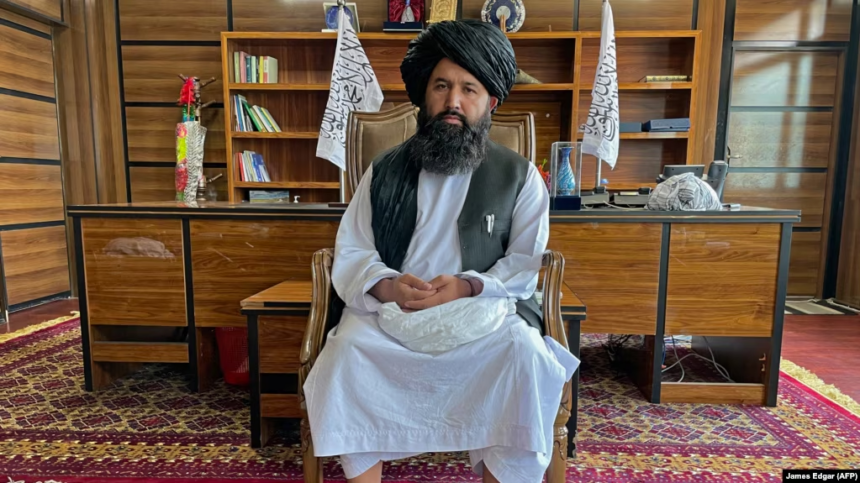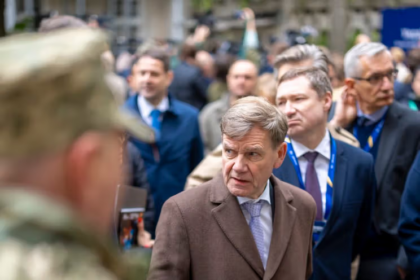RASC News Agency: In a sweeping and unfounded declaration that starkly contradicts the lived realities of millions of citizens, Nada Mohammad Nadim, the Taliban’s Minister of Higher Education, claimed that Afghanistan is now secure, peaceful, and free of violence. Speaking at a formal gathering at Herat University on Tuesday, May 27, Nadim insisted that there is no longer any bloodshed in the country and that all Afghanistani citizens coexist in “brotherhood, harmony, and national unity.” Nadim, echoing typical Taliban propaganda, alleged that foreign nations and international organizations are conspiring to fabricate narratives of crisis in order to destabilize what he termed as the “new Islamic system.” According to him, reports of violence, division, and repression are part of a broader foreign agenda designed to fracture the Taliban regime.
However, his claims have provoked sharp backlash from civil society observers and ordinary citizens alike, who continue to witness a deteriorating security landscape riddled with unchecked criminality, repression, and institutional decay. Since the Taliban’s violent return to power in August 2021, Afghanistan has descended into a state of chronic instability and authoritarian control. Contrary to Nadim’s assertions, Afghanistan today is anything but secure. Cities across the country from Kabul to Mazar-i-Sharif to Kandahar are experiencing a noticeable surge in armed robberies, targeted killings, gang activity, and extrajudicial violence. Street crimes and home invasions are reported daily, while local law enforcement, now heavily militarized and loyal to Taliban ideology, offers no meaningful protection or legal recourse to victims.
In parallel, Afghanistan under Taliban rule has become the global epicenter of gender apartheid. Women and girls have been systematically erased from public life. They are barred from secondary and higher education, prohibited from most forms of employment, and denied basic healthcare in many areas. The regime’s morality police enforces draconian codes that further entrench fear and silence in every corner of society. Thousands of Afghanistani intellectuals, doctors, teachers, journalists, and civil society leaders have been forced into exile, citing death threats, censorship, and ideological persecution. The vacuum created by their absence is palpable. Universities, once vibrant spaces of academic exchange, now function under rigid ideological control. Media outlets have either been shuttered or turned into mouthpieces for Taliban propaganda. Dissent is criminalized; critical voices are silenced often permanently.
In this environment of fear and suppression, the Taliban’s leadership appears increasingly desperate to maintain a façade of normalcy. Statements like Nadim’s not only reflect the regime’s detachment from reality but also serve as strategic attempts to whitewash their deepening authoritarianism and human rights abuses before both domestic and international audiences. While the Taliban seek to project strength and unity through high-level speeches and staged events, the truth is evident in the streets and homes of Afghanistan: this regime is failing to provide basic security, justice, or dignity. The social fabric continues to unravel, and the gap between the regime’s rhetoric and the public’s reality is now a chasm.
As the world watches, the international community must remain vigilant against attempts to normalize or legitimize the Taliban’s narrative. The Afghanistani people, particularly women, ethnic minorities, and civil society advocates, continue to pay the price for a regime that equates control with peace and silence with stability. The question remains: how long can this illusion be sustained before the weight of truth shatters it completely?






